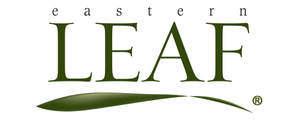| The success of your bonsai depends on a variety of factors, most notably watering and light. Below are some species specific guidelines to follow that will help ensure that your bonsai will stay healthy and happy. |
|
| Pruning Tips: The Olive bonsai can be easily trained and pruned using the clip and grow method. We recommend making the cuts at least 2-3 pairs down from new shoots. This will ensure that there is wood in the branch to promote new bud growth. Directional pruning techniques can be used to fill out pad layers. The olive will backbud very easily even when cut back to the stump. |
|
| Fertilizing: We recommend fertilizing your tree every month with a bonsai fertilizer. Time release granules are the easiest to use and can be added every season. Reduce the amount of fertilizer during the winter. Take care to not over-fertilize as this can cause your leaves to burn. |
|
 |
Lighting: Olive Bonsai trees thrive best with natural sunlight. We recommend filtered to full sun for the Olive bonsai. Foliage will grow fuller and thicker with more natural sunlight. |
| Temperature Requirements: Olive bonsai thrive in both warm and cold conditions. They are very hardy to many climates and conditions. |
|
| Watering Requirements: Olive Bonsai require moderate watering. We recommend using a soft spray to soak the soil. Ensure that water penetrates not only the topsoil but also into the roots by checking that draining is occuring on the bottom of the pot. |
|
| Repotting: Olives can be repotted during spring and fall for highest success rates. Avoid winter repotting as colder temperatures will make it harder for roots to recover. During repotting, we recommend trimming off older roots to promote new growth. Repot your Olive as the tree outgrows the pot. Depending on the growth rate, this can be every 2-3 years. |
|
| Indoor / Outdoor: Olives can be placed in both indoor and outdoor environments. During very cold winters, we recommend bringing the tree indoors to protect against frost damage. |
|
